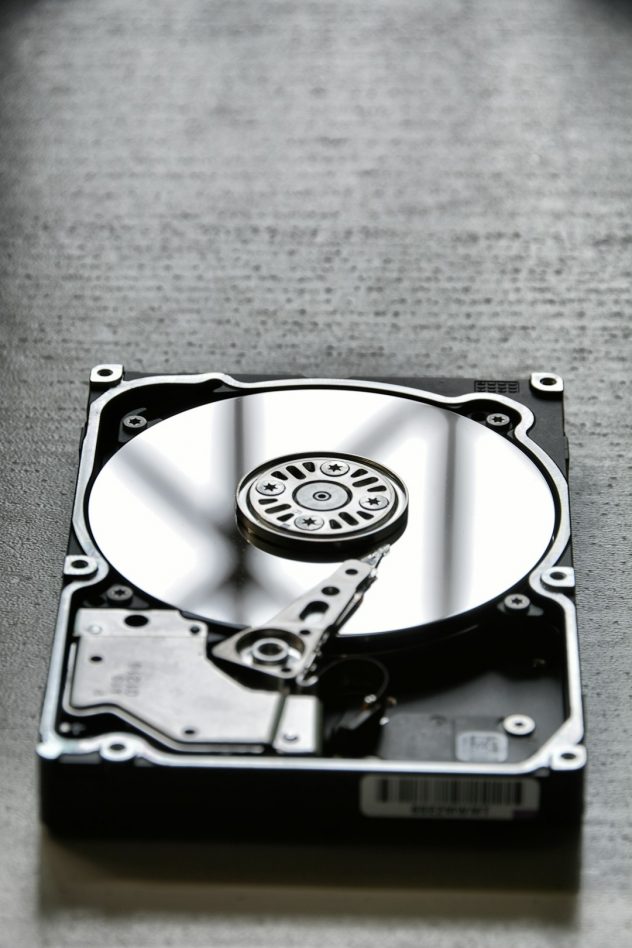Ever looked at your computer’s storage and thought, “What in the world is taking up all this space?” You scroll down… and then you see it: pagefile.sys. It’s massive. It’s mysterious. And you have no idea if it’s important or just some digital trash hogging your hard drive. Let’s dive into what it is, why it becomes huge, and how you can safely make it smaller.
What Is Pagefile.sys, Anyway?
Think of your computer like a desk. You’re working with some files (apps and programs), but your desk (RAM) is only so big. When it gets full, you need more space. So, you dump less-used stuff into a drawer beneath your desk. That drawer is the page file.
Pagefile.sys is a hidden system file on your computer. It acts as extra virtual memory when your physical RAM runs out.
In technical terms:
- RAM is your fast, temporary working memory.
- Pagefile.sys is slower, but adds more “breathing room.”
- When RAM fills up, Windows moves some data to the page file.
You’ll find it in the root directory of your Windows drive (usually C:).
[ai-img]pagefile sys, windows storage, hard drive, ram, virtual memory[/ai-img]
Why Is Pagefile.sys So Huge?
You didn’t make it that big. It’s just Windows being helpful… a bit too helpful.
Here are the common reasons:
- Windows auto-manages it. It wants to be prepared for anything, so it reserves a lot of space.
- You have a lot of RAM. Ironically, more RAM means a larger default page file. Windows tailors its size based on your system’s specs.
- Memory-hungry applications. Games, video editors, or simulations eat up RAM fast. Windows compensates with a big page file.
- Crash dumps. Windows may use the page file to save system crash information.
The result? Sometimes pagefile.sys is 16GB, 32GB… even more! That’s a chunk of your drive gone!
Can You Delete Pagefile.sys?
Short answer: Nope.
This file is locked while Windows is running. You can’t delete it directly like a regular file. Besides, removing it is risky. Apps and Windows itself depend on it.
But don’t worry. You can reduce its size or control how much space it uses.
Should You Disable It Completely?
You could. But it’s usually not a good idea.
Unless you have a TON of RAM, some applications will get cranky. Your system may crash during intense workloads.
The smart move? Reduce its size instead of completely disabling it.
How to Reduce Pagefile.sys Size Safely
Let’s walk through it in simple steps. No coding. Just clicks.
1. Open Advanced System Settings
- Right-click on This PC or Computer.
- Click Properties.
- On the left, click Advanced system settings.
2. Go to Performance Settings
- Under the Advanced tab, click Settings in the Performance section.
3. Access Virtual Memory Settings
- Click the Advanced tab again in the Performance Options window.
- Click Change under Virtual memory.
4. Uncheck “Automatically manage paging file”
This lets you control the size manually.
5. Choose Custom Size
You’ll see three options:
- Initial size
- Maximum size
- No paging file
Set both initial and maximum size to the same number to avoid fragmentation.
How Much Should You Set?
Here’s a simple guide based on your RAM:
- 4GB RAM: 4000MB (4GB)
- 8GB RAM: 2000–4000MB
- 16GB RAM or more: 1000–2000MB
Only go lower if your computer doesn’t run heavy-duty programs.
[ai-img]windows settings, performance options, virtual memory, system settings[/ai-img]
Tips to Keep Pagefile.sys Under Control
- Use SSDs – They speed up the page file’s performance.
- Add more RAM – The more real memory, the less you rely on the page file.
- Move the page file – If another drive has more space, shift the page file there.
Can the Page File Cause Issues?
It won’t break your PC, but…
- It takes up valuable disk space.
- On HDDs, using the page file slows down performance.
- If it’s too small, programs may crash or refuse to run.
Finding the right size is a balancing act.
Some Myths Busted
“I have 32GB of RAM. I don’t need a page file!”
Even then, some apps insist on having it. Without one, Windows can’t create memory dumps either.
“Disabling pagefile will boost performance!”
Maybe a little. But it’s risky. And Windows is pretty smart at using it efficiently.
Bonus: See Page File Usage In Real-Time
Want to spy on your pagefile like a digital detective?
- Open Task Manager (Ctrl + Shift + Esc).
- Go to the Performance tab.
- Check “Virtual memory” in the Memory section.
That shows how much is being used. Great for tweaking your custom size settings.
Final Thoughts
Pagefile.sys might seem scary at first. It’s big. It’s invisible. It eats up space. But now you know:
- What it does
- Why it grows
- How to tame it safely
Don’t delete it. Don’t fear it. Just manage it wisely!
